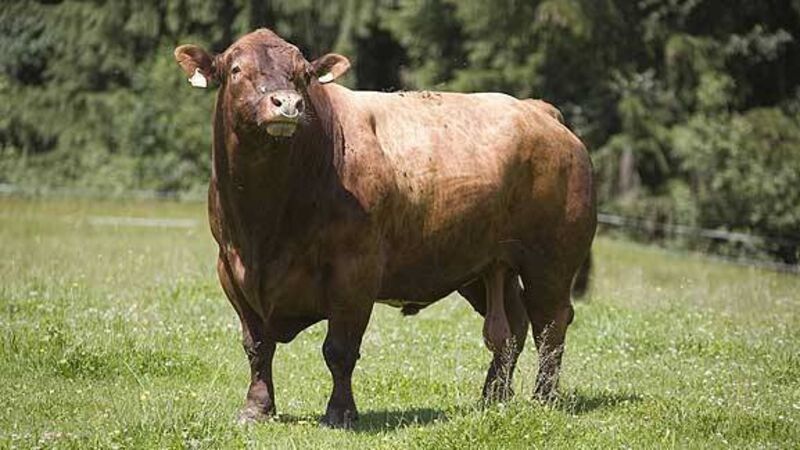Autumn guide to finishing young bulls

Most of these are around 12 months old and must be fed on now if slaughtering under 16 months.
Weather has been ideal for all livestock lately with great growth and ideal conditions.
Try from €1.50 / week
SUBSCRIBEMost of these are around 12 months old and must be fed on now if slaughtering under 16 months.
Weather has been ideal for all livestock lately with great growth and ideal conditions.
Already a subscriber? Sign in
You have reached your article limit.
Annual €130 €80
Best value
Monthly €12€6 / month
Introductory offers for new customers. Annual billed once for first year. Renews at €130. Monthly initial discount (first 3 months) billed monthly, then €12 a month. Ts&Cs apply.
Newsletter
Keep up-to-date with all the latest developments in Farming with our weekly newsletter.
Newsletter
Keep up-to-date with all the latest developments in Farming with our weekly newsletter.
Newsletter
Sign up to the best reads of the week from irishexaminer.com selected just for you.
Newsletter
Keep up with stories of the day with our lunchtime news wrap and important breaking news alerts.
Thursday, December 4, 2025 - 8:00 PM
Thursday, December 4, 2025 - 5:00 PM
Thursday, December 4, 2025 - 9:00 PM
© Examiner Echo Group Limited